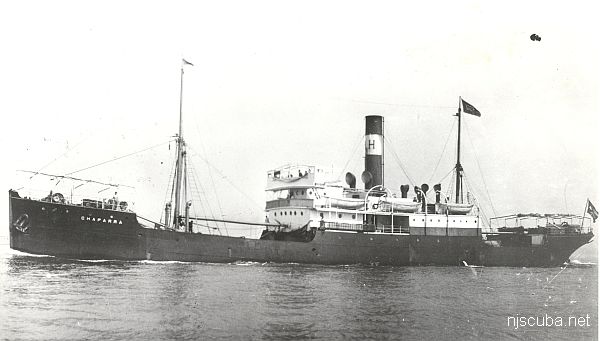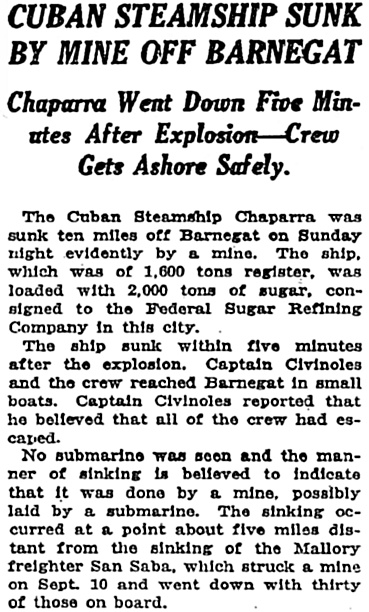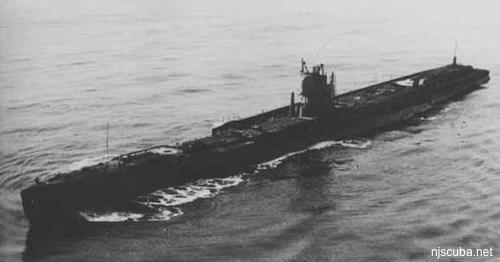Chaparra

- Type:
- shipwreck, freighter, Cuba
- Name:
- a seaport in northeastern Cuba
also Spanish for "cowboy" or slang for "shorty" - Built:
- 1906, Scotland, as Tinhow
- Specs:
- ( 249 x 38 ft ) 1510 gross tons, 29 crew
- Sunk:
- Sunday October 27, 1918
struck mine laid by U-117 - 6 casualties - Depth:
- 80 ft
Today the Chaparra lies in 80 ft of water on a sandy bottom. Her hull lies on its port side, and is flattened out. The bow offers the most relief off the bottom. Her boilers and engine are still visible, some portions covered by large hull plates. She is generally a good lobster wreck. Artifacts can still be found, digging is usually needed. She is sometimes called the Offshore Barge. A mine from the U-117 also sank the San Saba.







Questions or Inquiries?
Just want to say Hello? Sign the .